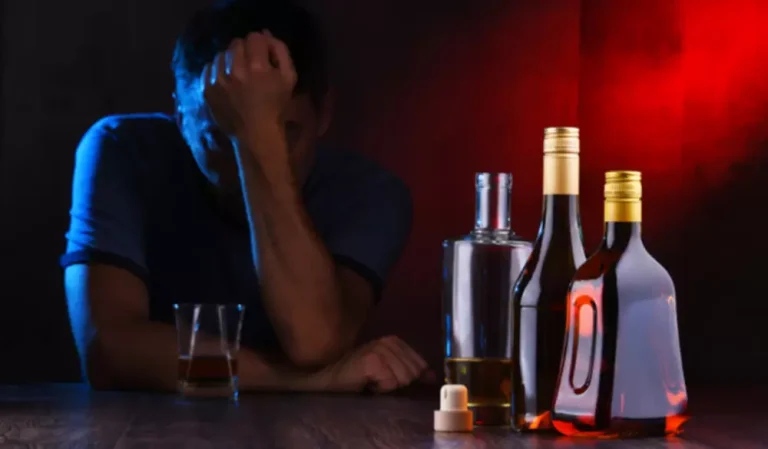
Overall, the RP model is characterized by a highly ideographic treatment approach, a contrast to the «one size fits all» approach typical of certain traditional treatments. Moreover, an emphasis on post-treatment maintenance renders RP a useful adjunct to various treatment modalities (e.g., cognitive-behavioral, twelve step programs, pharmacotherapy), irrespective of the strategies used to enact initial behavior change. Most notably, we provide a recent update of the RP literature by focusing primarily on studies conducted within the last decade. We also provide updated reviews of research areas that have seen notable growth in the last few years; in particular, the application of advanced statistical modeling techniques to large treatment outcome datasets and the development of mindfulness-based relapse prevention. Additionally, we review the nascent but rapidly growing literature on genetic predictors of relapse following substance use interventions. Because relapse is the most common outcome of treatment for addictions, it must be addressed, anticipated, and prepared for during treatment.
Ways That Payment Systems Can Affect the Delivery of Care

Using a person-centered, strengths-based approach and unconditional positive regard, counselors should affirm clients’ efforts to continue in recovery and encourage them to reflect on their goals and how the recurrence could be an opportunity to gain greater insight and adjust their action plan. Clients who have a recurrence should hear from their counselors that they are not alone, because the counselors can offer continuous abstinence violation effect support while they navigate a path back to recovery. Clients in early recovery may also need to be aware of coping mechanisms that can potentially become unhealthy, such as high or significantly increased caffeine or nicotine intake or binge eating. Chapter 3 provides more details about how counselors can help clients identify and develop positive coping and avoidance skills that fit into their treatment plan.
At Risk for Relapse?
In a meta-analysis by Carroll, more than 24 RCT’s have been evaluated for the effectiveness of RP on substance use outcomes. Review of this body of literature suggests that, across substances of abuse but most strongly for smoking cessation, there is evidence for the effectiveness of relapse prevention compared with no treatment controls. However, evidence regarding its superiority relative to other active treatments has been less consistent.
Abstinence Violation Effect (AVE) What It Is & Relapse Prevention Strategies
Outcomes in which relapse prevention may hold particular promise include reducing severity of relapses, enhanced durability of effects, and particularly for patients at higher levels of impairment along dimensions such as psychopathology or dependence severity21. The results of the Sobell’s studies challenged the prevailing understanding of abstinence as the only acceptable outcome for SUD treatment and raised a number of conceptual and methodological issues (e.g., the Sobell’s liberal definition of controlled drinking; see McCrady, 1985). A “controlled drinking controversy” followed, in which the Sobells as well as those who supported them were publicly criticized due to their claims about controlled drinking, and the validity of their research called into question (Blume, 2012; Pendery, Maltzman, & West, 1982).

Oxford English Dictionary defines motivation as “the conscious or unconscious stimulus for action towards a desired goal provided by psychological or social factors; that which gives purpose or direction to behaviour. Motivation may relate to the relapse process in two distinct ways, the motivation for positive behaviour change and the motivation to engage in the problematic behaviour. This illustrates the issue of ambivalence experienced by many patients attempting to change an addictive behaviour. A single lapse in abstinence can result in a full relapse due to a phenomenon known as the https://ecosoberhouse.com/ (AVE). This aspect of relapse prevention can be beneficial to those in addiction treatment or contemplating treatment since it is not necessarily a failure to exercise self-control or abstain from using a substance of abuse. Upon breaking the self-imposed rule, individuals often experience negative emotions such as guilt, shame, disappointment, and a sense of failure.

AVE can be observed in various areas, including addictions, dietary restrictions, and impulse control. The Abstinence Violation Effect (AVE) is a psychological phenomenon that refers to a person’s reaction to breaking a self-imposed rule of abstinence or self-control. It occurs when individuals who have set strict rules for themselves regarding certain behaviors or habits (e.g., alcohol consumption, smoking, or eating certain foods) engage in the prohibited behavior, leading to feelings of guilt, shame, and loss of control.

- One study found that among those who did not complete an abstinence-based (12-Step) SUD treatment program, ongoing/relapse to substance use was the most frequently-endorsed reason for leaving treatment early (Laudet, Stanick, & Sands, 2009).
- Often, the therapist provides the client with simple written instructions to refer to in the event of a lapse.
- Marlatt coined the term abstinence violation effect to refer to situations in which addicts respond to an initial indulgence by consuming even more of the forbidden substance [11].
- Our memory is like a playlist—only the favorite songs get replayed, leaving out the ones less liked.
Also, therapists can provide positive feedback of achievements that the client has been able to make in other facets of life6. Approach coping may involve attempts to accept, confront, or reframe as a means of coping, whereas avoidance coping may include distraction from cues or engaging in other activities. Approach oriented participants may see themselves as more responsible for their actions, including lapse, while avoidance-based coping may focus more on their environment than on their own actions14. Jeanette Hu, AMFT, based in California, is a former daily drinker, psychotherapist, and Sober Curiosity Guide. She supports individuals who long for a better relationship with alcohol, helping them learn to drink less without living less.
Self-control and coping responses

